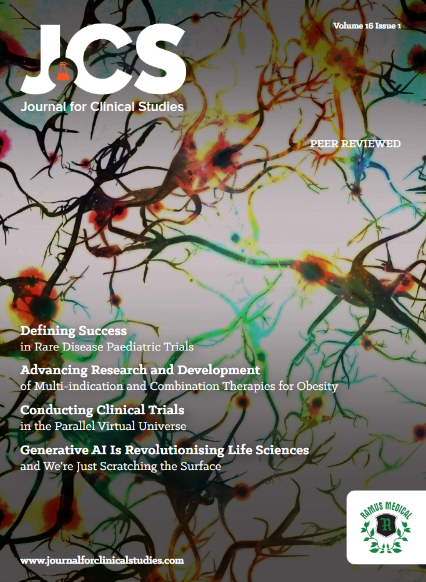Unless we create a new rule book with user experience at the forefront, operational excellence will remain a distant dream.
Traditional industries are regularly disrupted by new technologies, and the life sciences industry is no exception. Electronic data capture (EDC) arrived on the scene decades ago. It has now become the de facto tool for data management and collection, and over time it has bought with it several important benefits. Where previously it would take 8 to 16 weeks for data recorded during a patient’s visit to appear in the data management workstream, EDC has reduced that lag time from weeks to days, even hours in some cases.
However, these changes did bring trade-offs with them. Traditional EDC, for example, transferred the responsibility of data entry from sponsors to sites. This fragmented the data model whilst ignoring the underlying challenges around data collection. The pandemic saw another crucial change, with the industry introducing new processes and technology that allowed organisations to oversee and execute trials remotely. Patients now had new methods of participating in studies, however, it meant site users were left juggling trial data originating from multiple sources.
These trade-offs that prioritise the needs of one set of users (e.g.sites, patients, regulators, etc.) over equally important stakeholder groups can have a detrimental effect. Ultimately, there needs to be a realignment between operational efficiency and scientific rigour. Rather than having to choose between trial execution and scientific excellence, we instead need a fresh approach to these challenges. If we’re ever to deliver on the potential of digital clinical trials, we need to place the user experience at the centre of our efforts.
Refocusing on Speed and Simplicity
At a recent Veeva event for more than 500 European R&D and quality leaders, the discussion topics were surprisingly consistent. The industry is increasingly frustrated with the silo-driven approach suppressing operational efficiency. Obstacles include fragmented data, inefficient processes, and the heavy demands of manual tasks, not to mention the difficulty of breaking long-established ways of working.
It’s easy to see how disjointed technology and processes could hinder progress in areas that should be advancing faster. In data management, for example, the complexity of today’s clinical trials means it is far more challenging to be efficient. Trials that were linear at the start of my career are now four-dimensional. We’ve morphed into an era of platform, bucket, and umbrella trials that require amendments after almost every visit. Tanya du Plessis, chief data and solutions officer at CRO Bioforum, summarizes the challenge: “We’ve gone from linear to almost circular [in data management]. It’s hard to determine where one step starts and the other ends and that’s not even accounting for the volume or veracity of data.”















